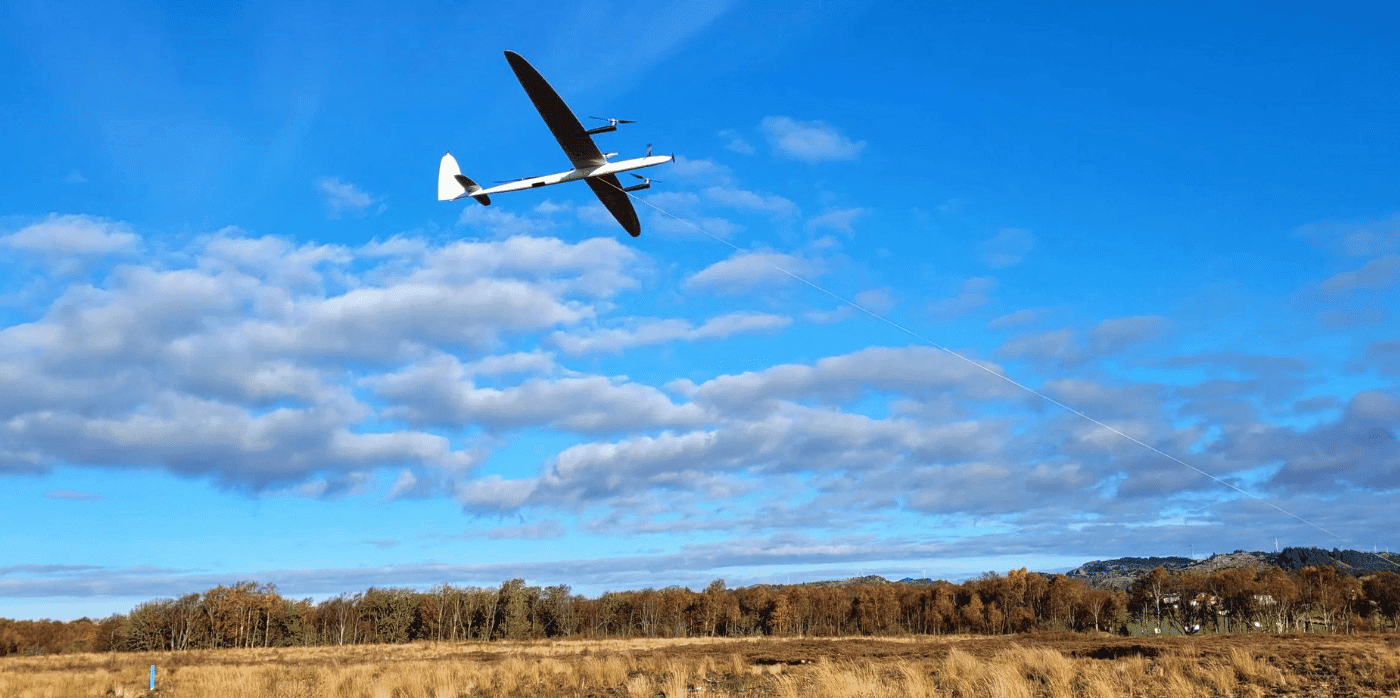A hi-tech kite harnessing the power of high-level winds

Spotted: In 2022, wind was the fastest-growing renewable energy source behind solar, and demand for wind power is only going to increase as economies transition to net zero by 2050. What is more, according to the International Energy Agency (IEA), the average annual growth rate of wind electricity generation needs to get to around 17 per cent to meet the agency’s Net Zero 2050 scenario.
One sticking point for wind energy, however, is that it’s subject to weather changes, and so can be inconsistent. Hoping to make wind energy more powerful and reliable is Norwegian firm Kitemill, which is tapping into previously underutilised and untapped energy by harnessing the power of wind high above the ground.
Essentially, the firm’s new KM2 system – an enhancement of the company’s previous KM1 prototype – functions much like a kite. The “kite”, tethered to a generator on land, resembles an unmanned plane with a wingspan of 16 metres. The system has four propellors that are used for about two minutes during both take-off and landing, so that the kite can take off even in low wind conditions on the floor. It is also fully autonomous, so requires no more attention than conventional wind turbines.
Where the KM2 diverges from a conventional wind turbine is in the fact that the latter is fixed, and so suffers from reduced activity in low wind conditions, whereas the KM2 system can change its position. The kite uses LIDAR readings of local wind conditions to direct its altitude and more consistently harness the wind at far higher altitudes, up to 500 metres off the ground.
Kitemill is set to install 12 of its KM2 units for the €7.5m Norse Airborne Wind Energy Project (NAWEP), backed by the European Union (EU) Innovation Fund.
Springwise has also spotted similar renewable energy projects in the archive, like an underwater kite that harnesses the energy of the tides and heat pumps that harvest the energy of sound.
Written By: Archie Cox

